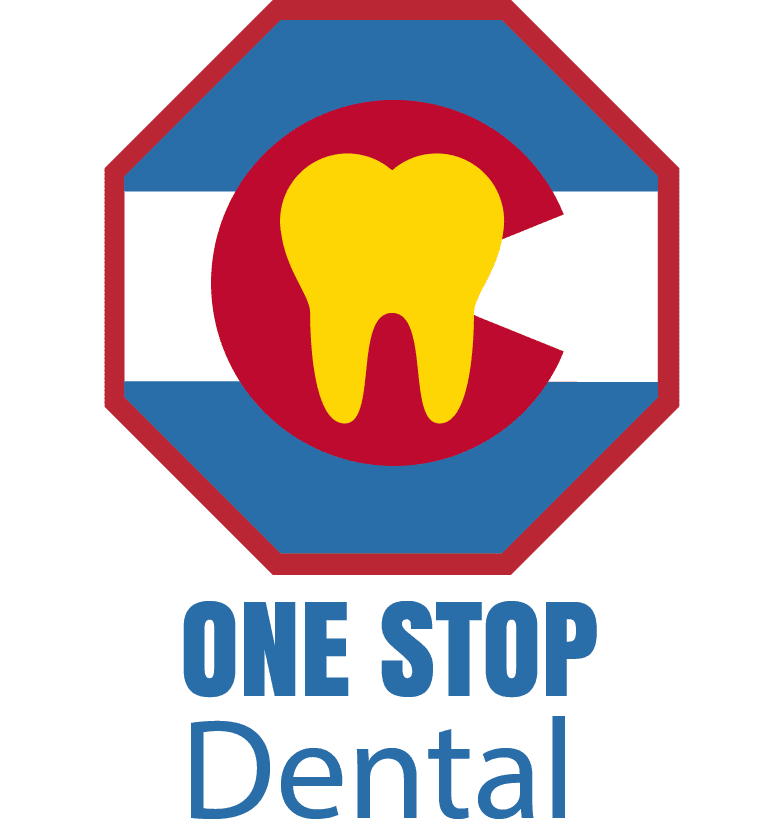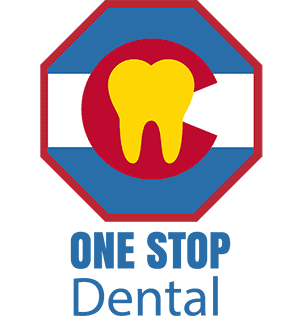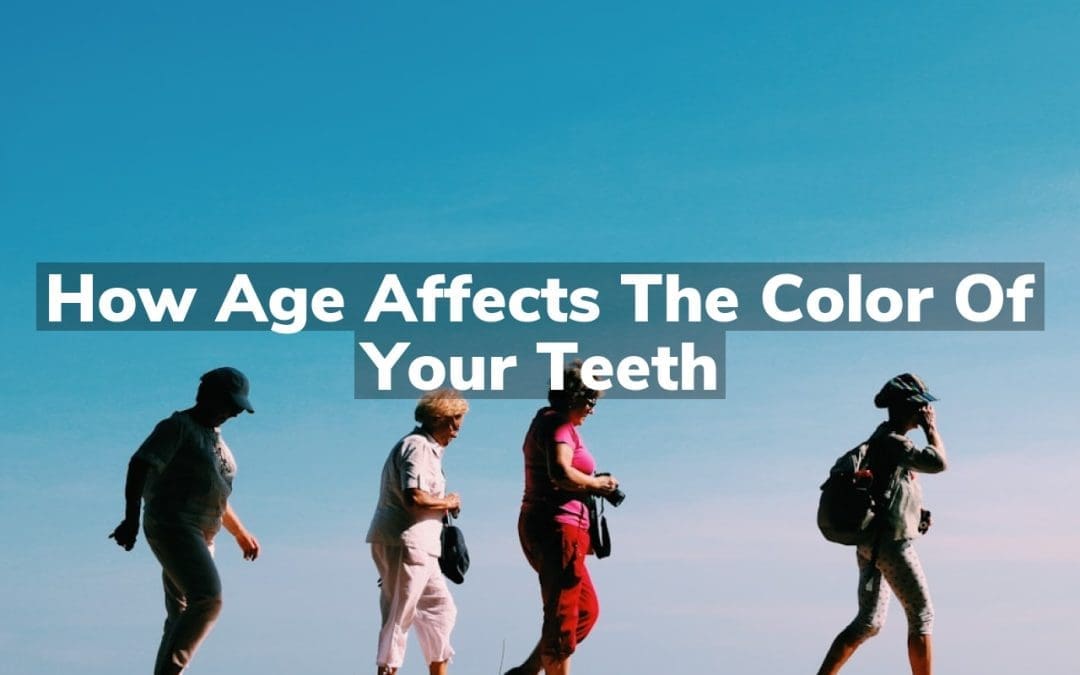Have you ever wondered how age impacts the color of your teeth? As we age, our teeth naturally change color due to the wear of the enamel and the accumulation of stains, making them appear more yellow or discolored over time. This process is a normal part of aging that affects everyone to varying degrees.
Natural Enamel Wear Over Time
As we age, our teeth inevitably undergo various changes, and one of the most noticeable is the alteration in their color. This phenomenon can largely be attributed to the natural wear of enamel over time. Enamel, the hard, protective outer layer of our teeth, gradually wears down due to the daily activities of chewing, biting, and exposure to acidic substances. As this enamel thins, the yellowish dentin underneath becomes more visible, giving teeth an overall darker appearance. This process is a natural part of aging and affects everyone to varying degrees.
Moreover, the relationship between oral hygiene and the brightness of our teeth cannot be overstated. While natural enamel wear plays a significant role in changing the color of our teeth as we age, maintaining good oral hygiene practices can influence how pronounced these changes are. Regular brushing and flossing, along with professional dental care, can help manage the appearance of our teeth over time. For more insights into how oral hygiene impacts the color of your teeth, consider exploring The Relationship Between Oral Hygiene and Teeth Brightness.
Changes in Dentin with Aging
As we age, our bodies undergo various changes, and our teeth are no exception. One significant change that affects the color of our teeth is the alteration in the dentin structure. Dentin, the layer of tissue beneath the enamel, naturally yellows over time. Since enamel thins with age due to wear and tear, the yellowish dentin becomes more visible, giving teeth an overall darker appearance. This process is a natural part of aging and occurs gradually, influencing the aesthetic aspect of our smiles.
Moreover, the rate at which these changes occur can vary significantly from person to person, depending on factors such as genetics, oral hygiene, and lifestyle choices. While these changes are inevitable, understanding the underlying causes can help individuals set realistic expectations about the appearance of their teeth as they age. For those seeking to enhance the brightness of their smile in Colorado Springs, exploring professional teeth whitening services may be of interest. Get Whiter Teeth in Colorado Springs.
Color of Your Teeth with Long-Term Stain Accumulation
Over time, the natural aging process can significantly affect the color of your teeth, primarily due to long-term stain accumulation. This phenomenon occurs as the outer enamel layer gradually wears down, making it easier for staining agents from foods and beverages to penetrate and adhere to the teeth. Additionally, the dentin underneath, which naturally yellows over time, becomes more visible, contributing to an overall change in tooth color. This gradual change is a common aspect of aging, reflecting years of exposure to various staining substances.
Age-Related Reduction in Saliva Production
As we age, our bodies undergo various changes, and one aspect that is often overlooked is the reduction in saliva production. Saliva plays a crucial role in maintaining oral health, as it helps in neutralizing acids produced by bacteria, thus preventing tooth decay and gum disease. Moreover, it aids in washing away food particles and keeping the mouth moist, which is essential for speaking and swallowing comfortably. Unfortunately, with age, the salivary glands may not function as efficiently, leading to a drier mouth. This decrease in saliva can contribute to various dental issues, including an increased risk of cavities and a change in the color of your teeth. Understanding the impact of aging on oral health is vital for maintaining a healthy smile throughout the years. For those seeking professional dental care, One Stop Dental at Colorado Springs Dentist is here to support your oral health journey.
Genetic Factors Influencing Tooth Color
The color of your teeth is not solely determined by your age or external factors such as diet and oral hygiene; genetics play a pivotal role as well. Just as we inherit eye color or hair texture from our parents, the natural shade of our teeth is also a genetic trait. This genetic influence means that some individuals may naturally have brighter or darker enamel, the hard, outer surface of the teeth, compared to others. The thickness and density of enamel, which can affect the teeth’s whiteness, are also traits passed down through generations. Understanding the genetic basis behind tooth color can provide insight into why teeth color varies so widely among different people, regardless of age or lifestyle habits.
Conclusion
Understanding how age affects the color of your teeth is crucial for maintaining your oral health. For more insights, read reviews on Google Maps or call us at (719) 447-1199.


